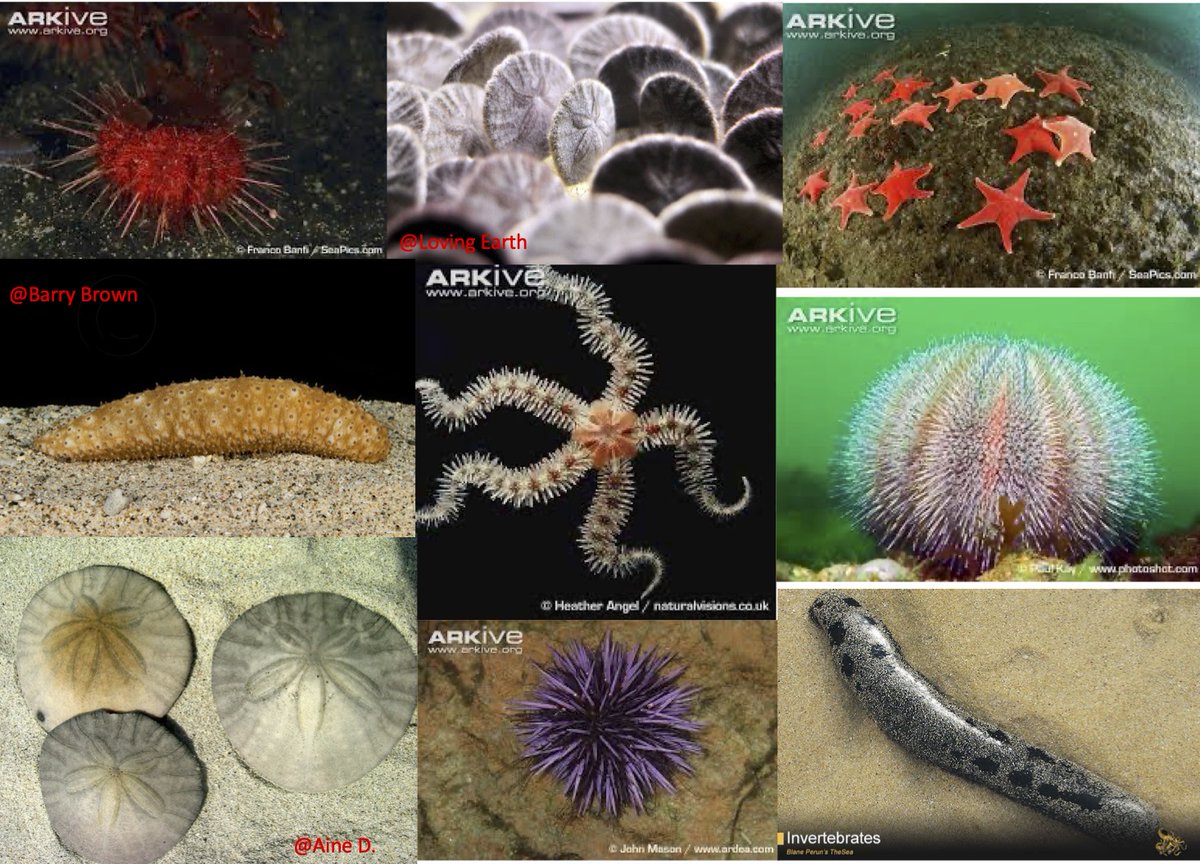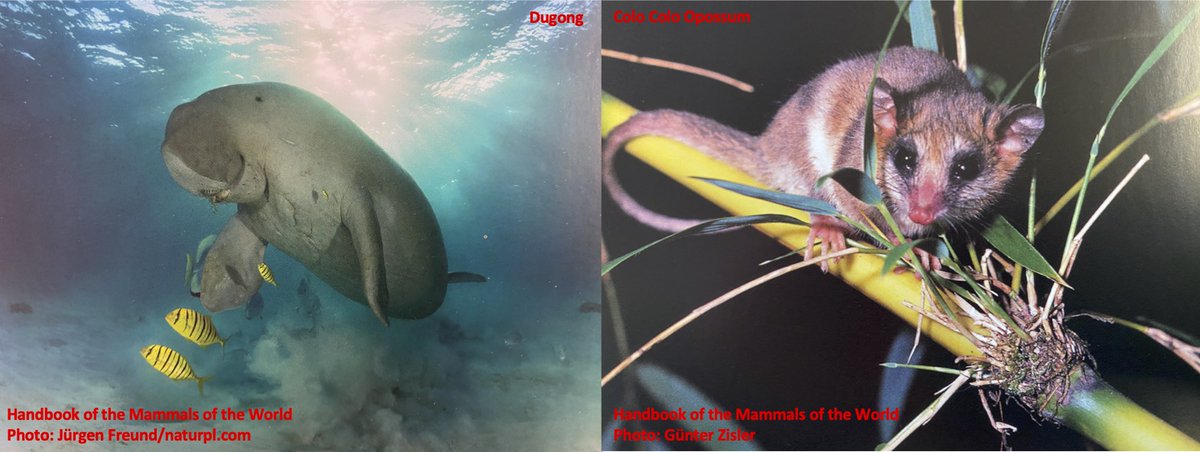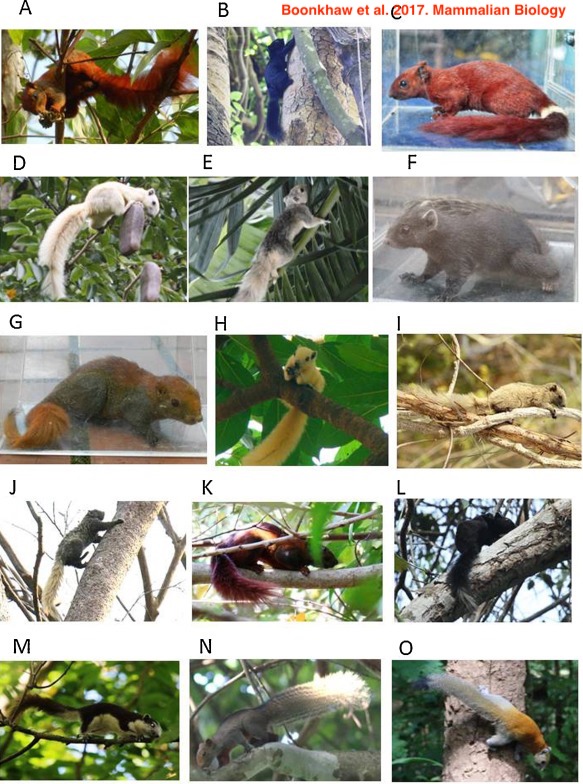
NEXT UP: #7 seed Capybara & Wattled Jacana vs #10 seed Fork-tailed Drongos & Sociable Weavers #2019MMM 

We all know that things like to sit on Capybaras (Rodentia: Hydrochoerus hydrochaeris) aka R.O.U.S. (rodents of unusual size #PrincessBride): animalssittingoncapybaras.tumblr.com. What's so special about Wattled Jacanas (Charadriiformes: Jacana jacana) sitting on Capybaras? #2019MMM
Wattled Jacanas are one of several bird species known to "clean" Capybaras, removing ectoparasites such as ticks & leeches & then ingesting them onlinelibrary.wiley.com/doi/pdf/10.111… #2019MMM 

As we have already seen, cleaner symbioses are fairly common in nature. Some question if these symbiosis are a true mutualism or a one-sided exploitation; the answer likely varies with each symbiotic association academic.oup.com/bioscience/art… #2019MMM
When a Wattled Jacana lands on or near a Capybara, the Capybara allows the bird to pluck ectoparasites, even if somewhat painful onlinelibrary.wiley.com/doi/pdf/10.111…. Capybaras sure seem to benefit from this association, as do the Wattled Jacanas #yummyticks bit.ly/2Y7zvfh #2019MMM 

Fork-tailed Drongos (Passeriformes: Dicrurus adsimilis) & Sociable Weavers (Passeriformes: Philetairus socius) have a very different type of symbiotic association. Fork-tailed Drongos steal food from other animals; they are kleptoparasites #2019MMM
Sociable Weavers are often common targets of Fork-tailed Drongos. How do Fork-tailed Drongos steal food from Sociable Weavers? Drongos emit an alarm call imitating the Sociable Weaver to get the Weaver to drop its food & flee sciencedirect.com/science/articl… #2019MMM
Despite this deception, Sociable Weavers still hang out with Fork-tailed Drongos because sometimes alarm calls are legit. Stolen food is acceptable as long as Drongos are helping the Weavers avoid bigger & badder things most of the time royalsocietypublishing.org/doi/full/10.10… #2019MMM
Our battle tonight takes place in the Pantanal wetlands in southwestern Brazil. The Pantanal is part national park, part UNESCO World Heritage site & is the world’s largest tropical wetland, over 70,000 square miles (> 10X the Florida Everglades) nationalgeographic.com/travel/destina… #2019MMM
Our battle tonight takes place in the Pantanal wetlands in southwestern Brazil. The Pantanal is part national park, part UNESCO World Heritage site & is the world’s largest tropical wetland, over 70,000 square miles (> 10X the Florida Everglades) nationalgeographic.com/travel/destina… #2019MMM
Our large rodent (in fact, the largest of the rodents) is wading comfortably in the marsh, looking for an aquatic veggie snack. A Wattled Jacana is going for a free ride & getting an easy meal of engorged ticks, plucking them off the top of the Capybara's head #2019MMM 

A Fork-tailed Drongo & a Sociable Weaver are out of place in this swamp. Natives of Africa, & primarily associated with open, dry habitat, all of this water is disconcerting #2019MMM
The Sociable Weaver feels particularly uncomfortable. Where are all of its nest mates? Social Weavers nest in colonies of as many as 400-500 birds! africageographic.com/blog/sociable-… #2019MMM 

The two birds find a tree to perch in & try to take in all the sites of their novel environment. They see the Capybara & its hitchhiker wading through the water #2019MMM
Fork-tailed Drongo also sees a Green Anaconda #2018MMMalloveragain!! Green Anacondas are the largest (by girth) snakes in the world & it is silently slithering in the water #2019MMM
Fork-tailed Drongo lets out an alarm call! Both he & the Sociable Weaver take flight away from the water in search of another, safer perch. The water, rodent of unusual size, & snakes are too much for these 2 African birds #2019MMM
Many Capybara-Anaconda encounters usually go something like this: (action starts around 1:20) #2019MMM
But not today! Capybara & Wattled Jacana coolly look over at the anaconda & size it up. Our Capybara is a healthy 150 lbs & the snake is just a juvenile. The Capybara & Wattled Jacana ignore the anaconda & continue their swampy foraging #2019MMM
WATTLED JACANA & CAPYBARA OUTLASTS FORK-TAILED DRONGOS & SOCIABLE WEAVER #2019MMM
• • •
Missing some Tweet in this thread? You can try to
force a refresh













